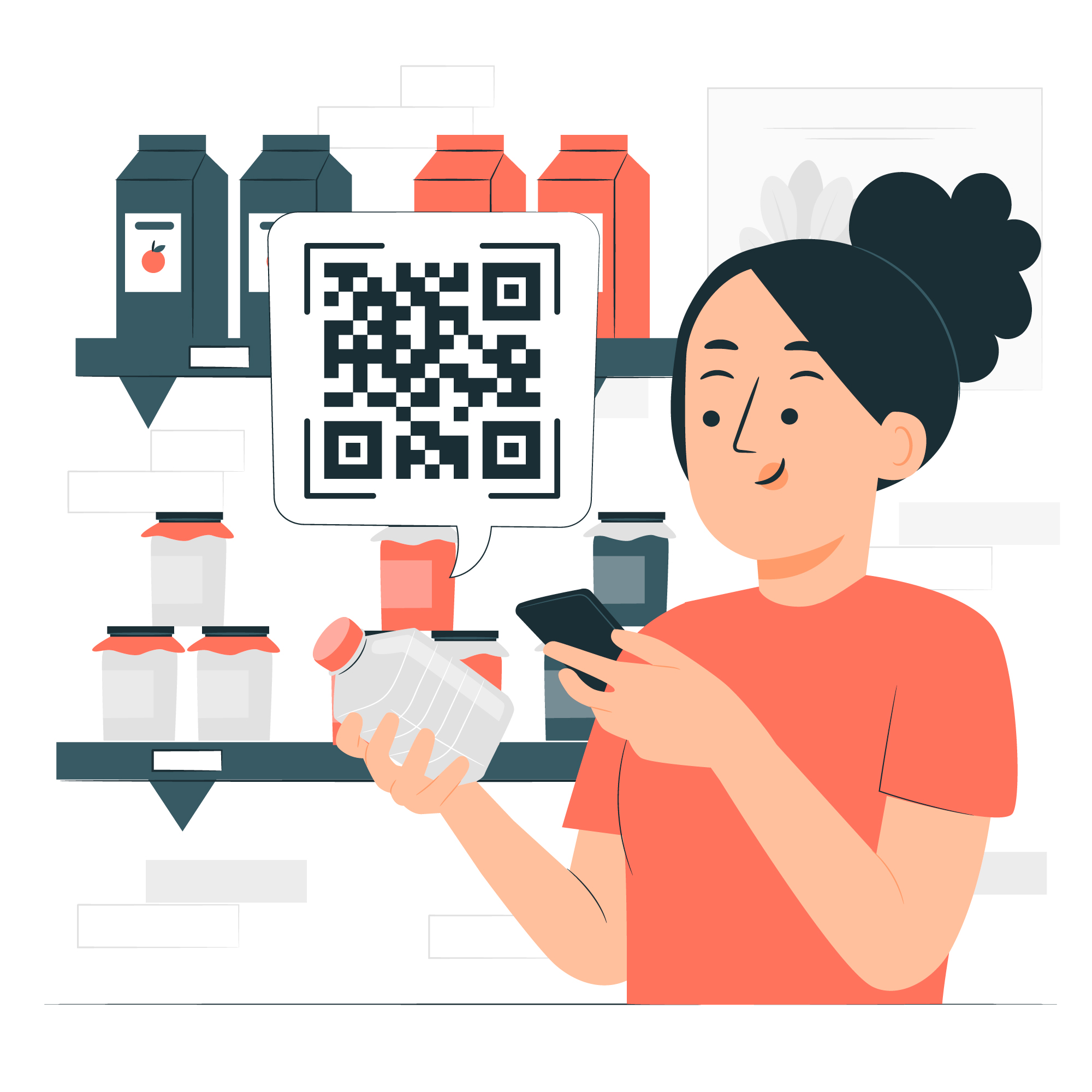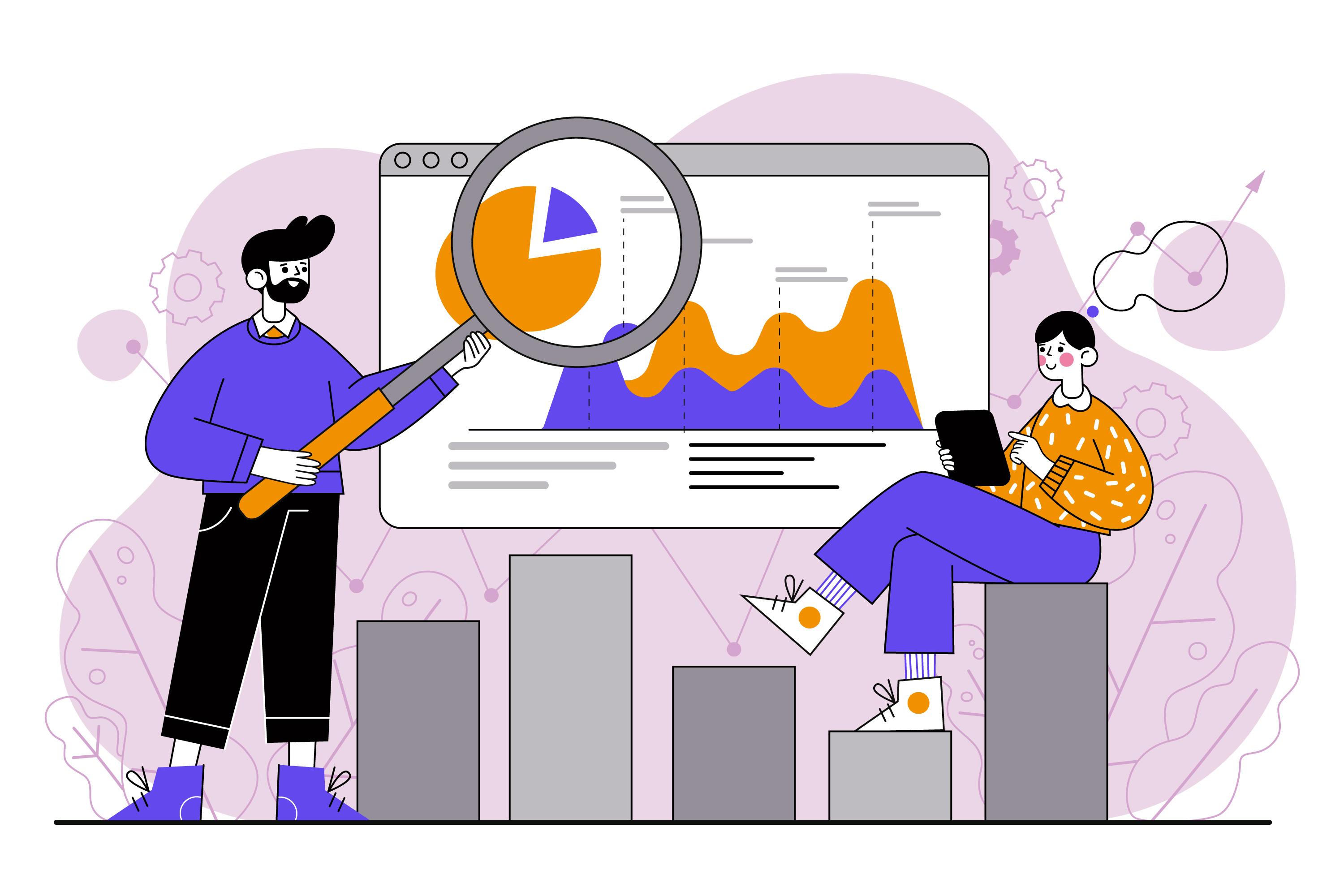How products are designed and made based on research and user inputs
From ideation to conception, then in marketing and sales, you as a consumer play a major role. Based on your needs, demands, expectations, and trends, brands develop their products. This journey from the day a product is conceived in the mind of its innovator to the moment it reaches your hands is peppered with complex stages. Recycling and refining of ideas, their tests, trials, and changes that finally chisel a product into its existing shape.
In today’s blog post, we discuss how your favorite products come into existence through the rigorous process of market research. It explains how your inputs and what processes top market research companies use to hammer a product into the released versions.
What Goes Behind A Product Research and Development
1. Conception: The Seed
Without an idea, a product wouldn’t exist. For instance, someone must have thought of getting rid of the hassles of wires from old-school telephones to bring mobiles into the world. Portability, flexibility, and usability are usually the driving forces in imagining a new product.
Most innovators and brands look at the market trends, inputs from the consumers on existing products, their pain points, competition, and market gaps.
Surveys come in handy to understand how market trends can benefit users and brands mutually. So do they in gaining insights about what users need and what they don’t find readily available.
2. Design: The Skeleton
Once the spark of an idea crackles inside a creative mind, next is the designing of the product. A product designer or innovator might conceptualize the notion of their product on paper.
They might again seek inputs from you (or users) who consume similar products. With the help of data about what market doesn’t bid on the existing offerings, they refine their product’s design. The innovator or the brand also employs a team of product designers, experts, and testers.
Several brainstorming sessions happen that lead to a workable design. In the meanwhile, a brand can seek users’ input on the look, feel, and overall design of a product. This helps them refine the paper structure to finality with minimum flaws.
3. Raw Materials: The Blood and Bones
Once a few designs are ready, the brand finalizes the raw materials, orders them for test versions, and tests the overall quality.
The raw materials help realize the goals of sustainability, profit, quality, and performance. So, the brand also ensures to collect feedback at each phase from users like you for the best results.
4. Prototyping: The Version Zero
The next phase is development. However, the development teams don’t just start creating the product according to the approved design. They only develop a test product, also known as a prototype.
Based on the tabulation and analysis of data received during the design process, the team might develop a few prototype versions to save time and for testing with its intended audience.
5. Testing Quality: The Performance Graph
Once the company develops a few versions of one product, it puts them to the test with beta users. The brand chooses the end users who are the members of a panel company and who fit the product’s audience criteria.
A/B testing helps the brand to ensure the quality and usability of the product are in line with the needs of the market. The test results help the teams refine the product at both the design and production levels.
6. Bulk Production: The Growth
Once the rehashing of the test, design, and development phases are completed to the desired level of satisfaction, the brand can engage in bulk production.
This depends on market prediction of the need for that product according to demographics. The brand’s budget, marketing criteria, human resources, and sales targets govern the bulk production.
7. Marketing: The Quintessential Oxygen
Marketing (just like market research) is a phase that goes hand in hand with all the processes. Because it helps establish the brand’s foothold in the industry.
During the ideation and design phase, the brand might tease its audience through social media posts, flyers, and related news. And would gauge the response of the users, industry, and competitors. They might not reveal the complete details of the product but would only create a stir among the future stakeholders.
As the product moves towards the final stages, the marketing becomes more intense and full-fledged.
What’s the Role of Market Research?
Whichever phase the product is going through, what remains constant is the endeavors of top market research companies to study the users and their changing behaviors. And you, as a user and a panel member, make market research a success.
If you want to contribute to surveys, register here for free.



You may also like

How to Avoid Misinterpreting Survey Questions And Answer Them Right

How to Handle Ambiguous or Confusing Survey Questions

Why Businesses Love Open-Ended Questions: The Value of Detailed Responses

Survey Fatigue: How to Stay Engaged and Provide Valuable Feedback

Copyright © 2025-2026 Track Opinion. all rights reserved.



